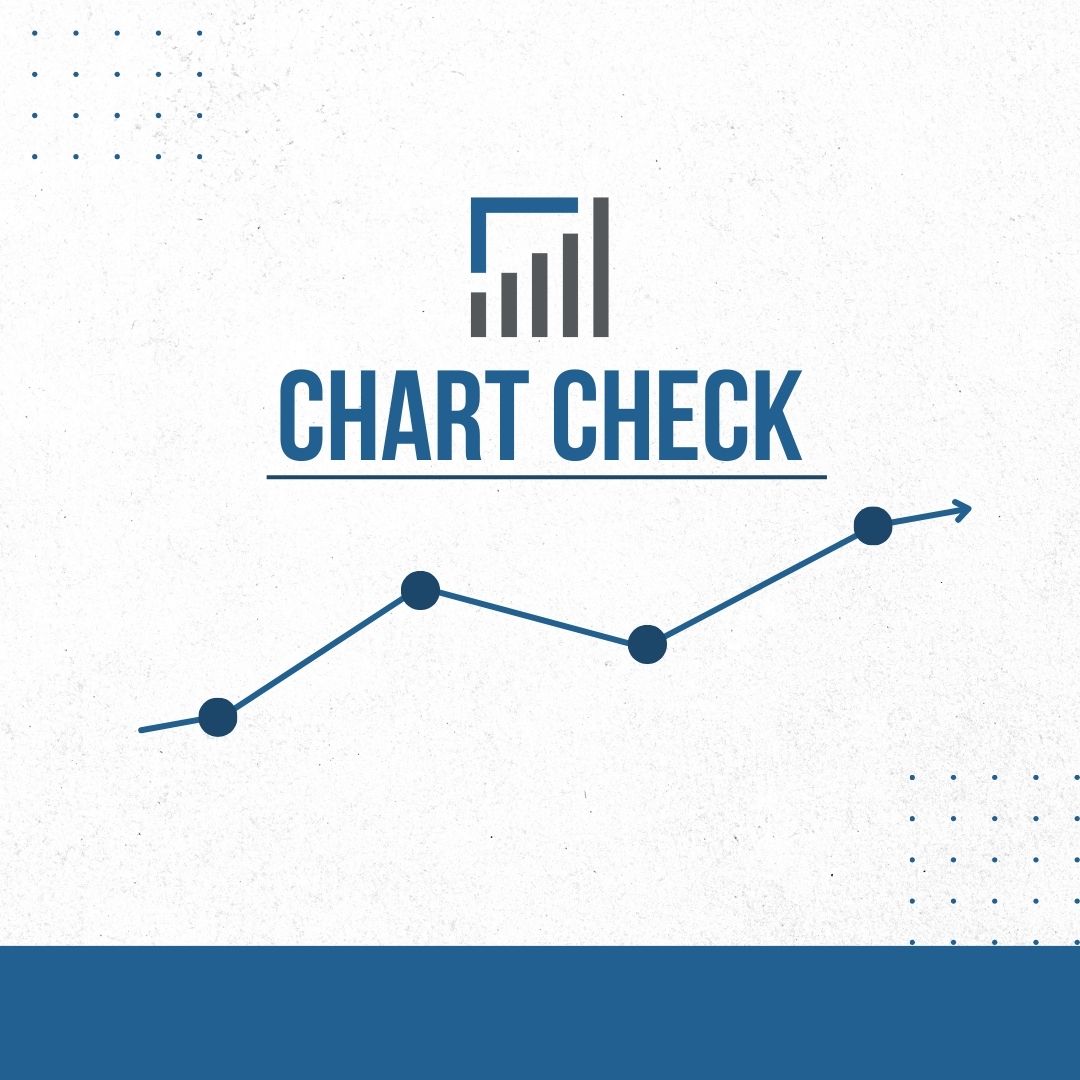Trusts, such as a family trust or a charitable trust, are powerful tools in estate planning. However, their practicality can diminish over time, especially if the assets of small trusts have dwindled to a size where the costs of maintaining it might outweigh the benefits. For instance, a trust established decades ago with significant assets might now have only a small amount remaining. Here’s what you should consider when deciding whether to keep or terminate small trusts.
Evaluating Whether to Keep Small Trusts
- Asset Evaluation: Start by assessing the assets remaining in the trust. For example, a trust established decades ago with significant assets might now have only a small amount remaining. Determine the current value of these assets and consider if the trust is still large enough to justify its expenses.
- Benefit Analysis: Consider any potential estate planning benefits a small trust might offer. Even a small trust, despite its size, might provide valuable asset protection and estate planning advantages. Evaluating these benefits against the cost of maintaining the trust can help you see a hopeful and optimistic future for the trust.
- Special Voting Interests and Asset Control: Some trusts may include special voting rights or control over non-pension investment assets. These are assets that are not part of a pension plan, such as real estate or stocks, and can be controlled through entities like family LLCs. Such details are crucial as they can affect asset distribution and control decisions, impacting the trust’s strategic value.
- Tax Implications: It’s crucial to understand the tax consequences of maintaining or dissolving the trust. This includes any income the trust generates and its implications on the trust and beneficiaries’ tax obligations. By being well-informed about these implications, you can feel prepared and confident in your trust management decisions.
Steps to Terminate Small Trusts
If you decide that a trust is too small to keep, here are the steps for terminating it:
- Legal Confirmation: Have an attorney review the trust’s terms and state laws to confirm that it is legally permissible to terminate the trust.
- Asset Distribution: The attorney should verify who is entitled to the trust’s assets per the trust agreement. Ensure there’s a clear plan for distributing these assets to the beneficiaries.
- Final Tax Return: As part of the trust termination process, it’s important to have a Certified Public Accountant (CPA) file a final tax return for the trust. This ensures all financial obligations are met before dissolution, and any potential tax implications are properly addressed.
- Consideration of Distribution Methods: Decide whether the assets should be distributed directly to beneficiaries or if the assets should be sold (liquidated). In situations where the beneficiary may not responsibly manage a lump sum, consider structuring the distributions over time, such as through a non-cancellable annuity.
Decision-Making for Small Trusts
Managing or terminating a small trust involves careful consideration of legal, tax, and financial factors. It’s crucial to consult with professionals like attorneys and CPAs, who can provide guidance tailored to your specific situation. These experts can help ensure that your decision aligns with your financial goals and the interests of the beneficiaries, while also helping you navigate the complex legal and financial aspects of trust management. Proper professional guidance can prevent potential pitfalls, such as unintended tax consequences or legal disputes, and ensure that all actions taken are in compliance with current laws and regulations. Additionally, they can assist in the detailed paperwork and procedural requirements, making the process smoother and more efficient.
If you are a Legacy client and have questions, please do not hesitate to contact your Legacy advisor. If you are not a Legacy client and are interested in learning more about our approach to personalized wealth management, please contact us at 920.967.5020 or connect@lptrust.com.
This newsletter is provided for informational purposes only.
It is not intended as legal, accounting, or financial planning advice.




